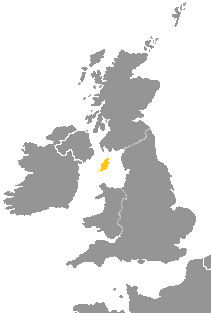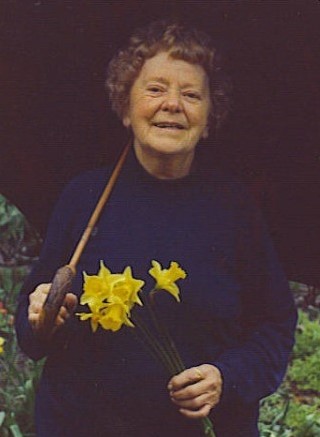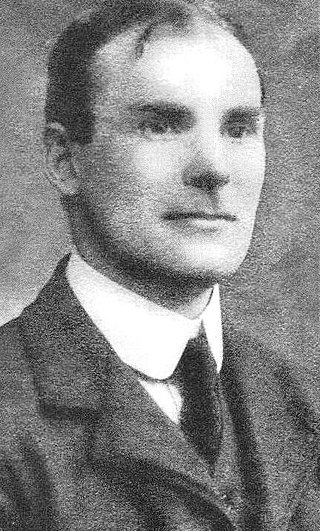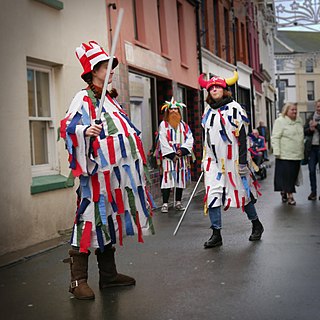Related Research Articles

Manx, also known as Manx Gaelic, is a Gaelic language of the insular Celtic branch of the Celtic language family, itself a branch of the Indo-European language family. Manx is the historical language of the Manx people.

The music of the Isle of Man reflects Celtic, Norse and other influences, including those from its neighbours, Scotland, Ireland, England and Wales. The Isle of Man is a small island nation in the Irish Sea, between Great Britain and Ireland.

Yn Chruinnaght is a cultural festival in the Isle of Man which celebrates Manx music, Manx language and culture, and links with other Celtic cultures.

Literature in the Manx language, which shares common roots with the Gaelic literature and Pre-Christian mythology of Ireland and Scotland, is known from at least the early 16th century, when the majority of the population still belonged to the Catholic Church in the Isle of Man.

Hop-tu-Naa is a Celtic festival celebrated in the Isle of Man on 31 October. It is the celebration of the traditional Gaelic festival of Samhain, the start of winter. It is thought to be the oldest unbroken tradition in the Isle of Man.

Thomas Brian Stowell, also known as Brian Mac Stoyll, was a Manx radio personality, linguist, physicist, and author. He was formerly Yn Lhaihder to the Parliament of the Isle of Man, Tynwald. He is considered one of the primary people behind the revival of the Manx language.
John Joseph Kneen was a Manx linguist and scholar renowned for his seminal works on Manx grammar and on the place names and personal names of the Isle of Man. He is also a significant Manx dialect playwright and translator of Manx poetry. He is commonly best known for his translation of the Manx National Anthem into Manx.

Mona Douglas was a Manx cultural activist, folklorist, poet, novelist and journalist. She is recognised as the main driving force behind the modern revival of Manx culture and is acknowledged as the most influential Manx poet of the 20th century, but she is best known for her often controversial work to preserve and revive traditional Manx folk music and dance. She was involved in a great number of initiatives to revive interest and activity in Manx culture, including societies, classes, publications and youth groups. The most notable and successful of these was Yn Chruinnaght.
John Moore was a Manx poet and privateer of the late 18th Century. Originally from Camlork, in Braddan, Isle of Man, Moore later settled in Bride, where he owned an inn. It was here that he came to be known as “John the Tiger” due to his often singing the song describing his time as the privateer on board The Tiger.

William Walter Gill (1876–1963) was a Manx scholar, folklorist and poet. He is best remembered for his three volumes of A Manx Scrapbook.
Aeglagh Vannin was a youth group in the Isle of Man whose purpose was the engagement with and revitalisation of Manx language, history and culture. It was established by Mona Douglas in 1931, went through a number of mutations, and faded out in the 1970s. It is best remembered for its central role in the revival of Manx folk dancing.
Colin Jerry was a Manx cultural activist best known for his contributions to Manx music through his books, Kiaull yn Theay, published in two volumes. He was awarded the Reih Bleeaney Vanannan in 1991 for his contributions to Manx culture which were 'extensive and staggering.'

Yn Çheshaght Ghailckagh, also known as the Manx Language Society and formerly known as Manx Gaelic Society, was founded in 1899 in the Isle of Man to promote the Manx language. The group's motto is Gyn çhengey, gyn çheer.
Juan Noa was the pen-name of John Henry Cleator, a Manx dialect poet and playwright active from the 1920s to the 1960s in the Isle of Man.
Hop-tu-naa is a traditional Manx dance connected to the hop-tu-naa festivities around 31 October in the Isle of Man. It is a simple processional dance for any number of two pairs of dancers. The dance shares its name with the festivities and the music to which the dance is connected.

Hunt the Wren is a traditional custom carried out on the Isle of Man on the 26 December, St. Stephen's Day. It consists of groups of people going around villages and towns singing and dancing a traditional song and dance around a decorated wren pole.
The Flitter Dance is a traditional dance from the Isle of Man associated with Good Friday. It was collected by Mona Douglas in the 1940s or 50s and is popular among younger Manx dancers today.
Edmund Evans Greaves Goodwin was a Manx language scholar, linguist, and teacher. He is best known for his work First Lessons in Manx that he wrote to accompany the classes he taught in Peel.
Doug Fargher (1926–1987) also known as Doolish y Karagher or Yn Breagagh, was a Manx language activist, author, and radio personality who was involved with the revival of the Manx language on the Isle of Man in the 20th century. He is best known for his English-Manx Dictionary (1979), the first modern dictionary for the Manx language. Fargher was involved in the promotion of Manx language, culture and nationalist politics throughout his life.

The White Boys is the traditional mummers' play of the Isle of Man.
References
- 1 2 "Manx Traditional Dance - Daunsey Tradishoonagh Vannin". www.manxmusic.com. Retrieved 30 May 2017.
- ↑ Spiegel, Max. "Obit: Colin Jerry, Isle of Man (19 Dec 2008)". The Mudcat Cafe. Retrieved 30 May 2017.
- 1 2 3 Rinkaghyn Vannin. Isle of Man: Sleih gyn Thie. 1983.
- ↑ Carswell, Robert. "The Revival and Reconstruction of Manx Traditional Dance" (PDF). “Completed and Restored to Use”: Revival and Dissemination of Manx Folklore and Tradition During the Twentieth Century: 15–23.